You might have seen them somewhere but didn’t know what they were used for. Or you might have owned one before but wondered how it worked. Those beautiful mirrors with shiny silvered surfaces and bright white lights emanating from somewhere behind them have been in use for some time now and are always in high demand due to their ability to add a glow to any room while keeping it elegant. They also have quite a number of advantages (all will be discussed further in the article) and come with certain specifications designed to make them easy to use. But what are they?
For introductory purposes, LED stands for light emitting diode. LED lighted mirrors are just another form of backlit mirrors i.e. mirrors with light bulbs placed in their backs to give off light and improve illumination during use. The light bulbs are wired behind the mirror in a framework that is later connected to an electric socket for current supply. Their performance depends on a number of factors, the biggest of which is temperature. High temperatures have been known to lead to low signal intensity and failure.
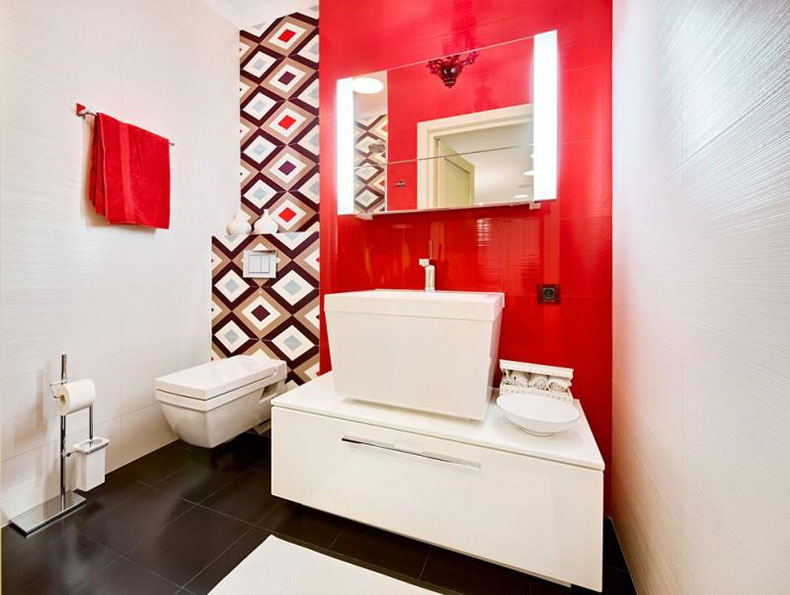
What are they made of?
Like any other mirror, illuminated mirrors are made from by adding a metal background to a sheet of glass. To make it a backlit mirror however, LED light bulbs have to be fixed at the back with wiring that connects them to a source of electricity. Unlike other backlit mirrors that use incandescent and fluorescent bulbs, these mirrors use only LED bulbs for lighting. When switched on, the bulbs emit light that appears to come from within the mirror, making for a beautiful appearance. For design purposes, the bulbs are arranged in particular patterns, most of which are basically aligned. The bulbs can be switched on and off between sessions of use; most mirrors come with a button designated for that particular purpose while customized designs might have sensors* instead.
How Do LED Lighted Mirrors Work?
When switched off, the bathroom lighted mirror functions as a plain mirror. When connected to a power source, the light emitting diodes within the light bulbs are activated to release energy in form of photons following the principle of electroluminescence. This energy appears as light. The LEDs can be any colour, and the light emitted directly corresponds with the diode colour.
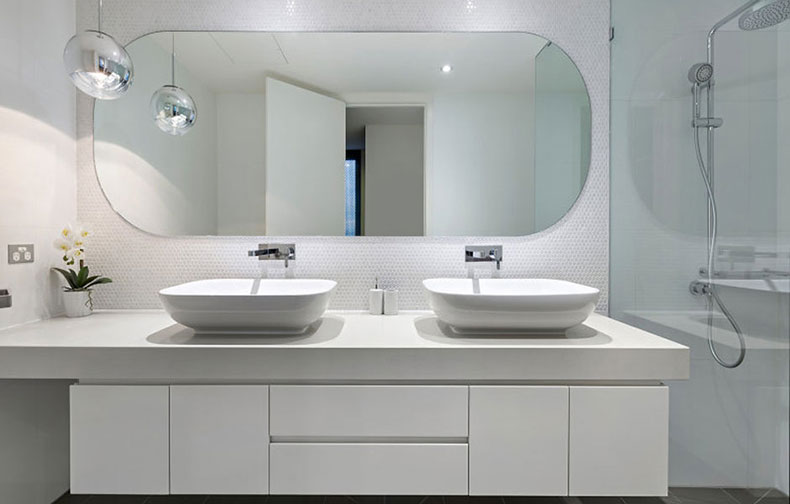
Classifications and Types
Mirrors with lights come in all shapes and sizes, ranging from small handheld makeup mirrors to large, wide mirrors designed for placement on the wall. All lighted bathroom mirrors share certain specifications but tend to be different when it comes to additional features and design. While classifying according to size and design, the most common variations include the horizontal LED mirror, the vertical lighted mirror and the circular backlit mirror. Bathroom lighted mirrors can be classified according to function and make. The LED mirror cabinet, make up mirror, backlit compact mirror and the lighted infinity mirror make up this group. The infinity mirror is specifically regarded for its addition of intrigue and beauty to a room with its intricate design.
LED mirrors can also be either rechargeable or non rechargeable. For the latter, a source of current is required to initiate diode activity and enable production of light. That requires connection to electricity. The rechargeable type uses a battery pack and a recharger to provide power that can last up to 30 days.
Where Are They Used?
LED mirrors can be used just about everywhere. They are more commonly used in bathrooms because of their light and aesthetic influence and by makeup professionals owing to their ability to emit full illuminations during makeup sessions. Away from that and when in smaller sizes, illuminated mirrors are also applicable as pocket mirrors for use on the go.
In bathrooms, they can also be added to cabinets as doors to create room for other items. They can also be used as a charging spot for shavers, provided they are fitted with a socket.
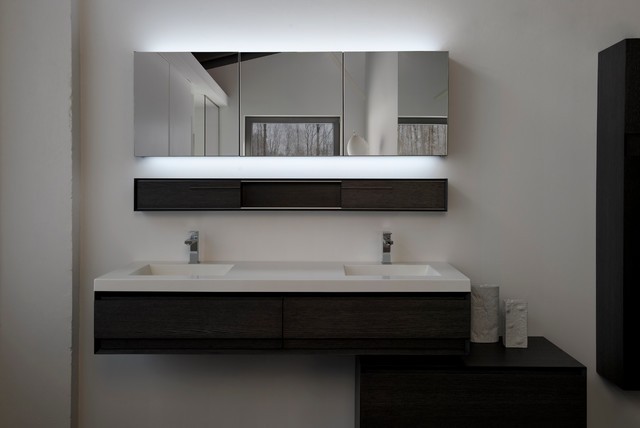
The Nitty Gritty: Working With Backlit Mirrors, Safety and Protection
Everyone wants their mirrors with lights to work without fault for as long as possible. That requires some work on the user’s side, and considering that they differ a little in design from plain mirrors, a little more of that work is required. Like any other home/electrical appliance, daily tasks such as cleaning and protection from electricity related mishaps are required. But there are some other factors you have to consider while working with bathroom mirrors with lights if they are to continue working properly.


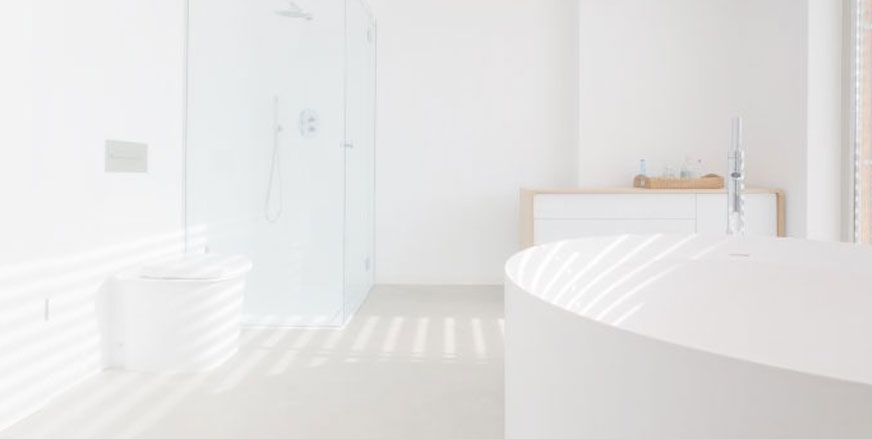




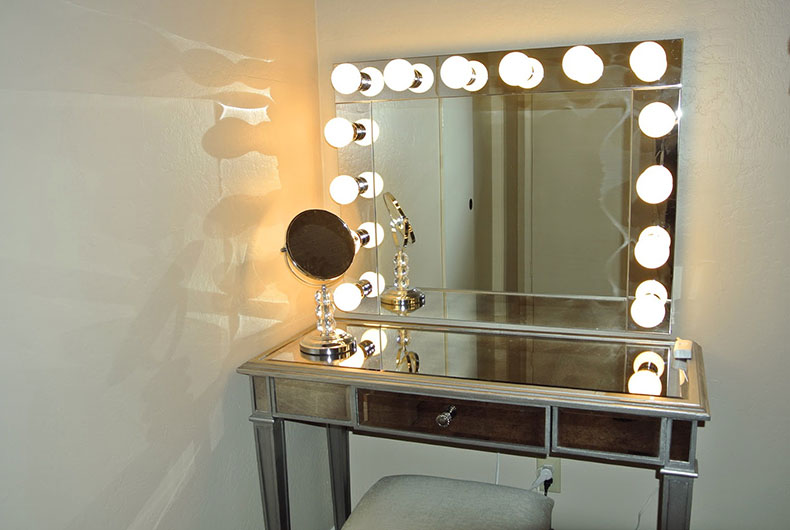



Post Comments
You must be logged in to post a comment.
click here to log in